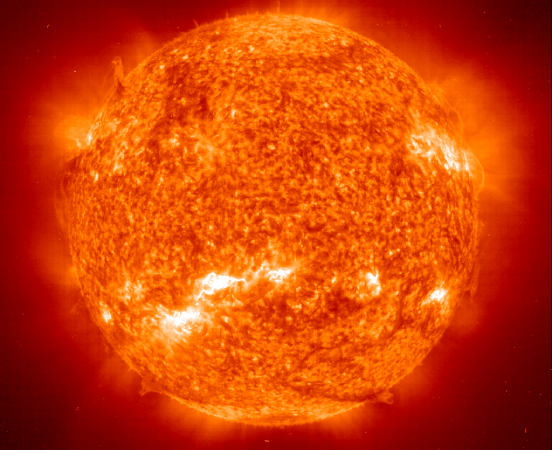| << Chapter < Page | Chapter >> Page > |

In this chapter, we study the composition and properties of the atomic nucleus. The nucleus lies at the center of an atom, and consists of protons and neutrons. A deep understanding of the nucleus leads to numerous valuable technologies, including devices to date ancient rocks, map the galactic arms of the Milky Way, and generate electrical power.
The Sun is the main source of energy in the solar system. The Sun is 109 Earth diameters across, and accounts for more than of the total mass of the solar system. The Sun shines by fusing hydrogen nuclei—protons—deep inside its interior. Once this fuel is spent, the Sun will burn helium and, later, other nuclei. Nuclear fusion in the Sun is discussed toward the end of this chapter. In the meantime, we will investigate nuclear properties that govern all nuclear processes, including fusion.

Notification Switch
Would you like to follow the 'University physics volume 3' conversation and receive update notifications?